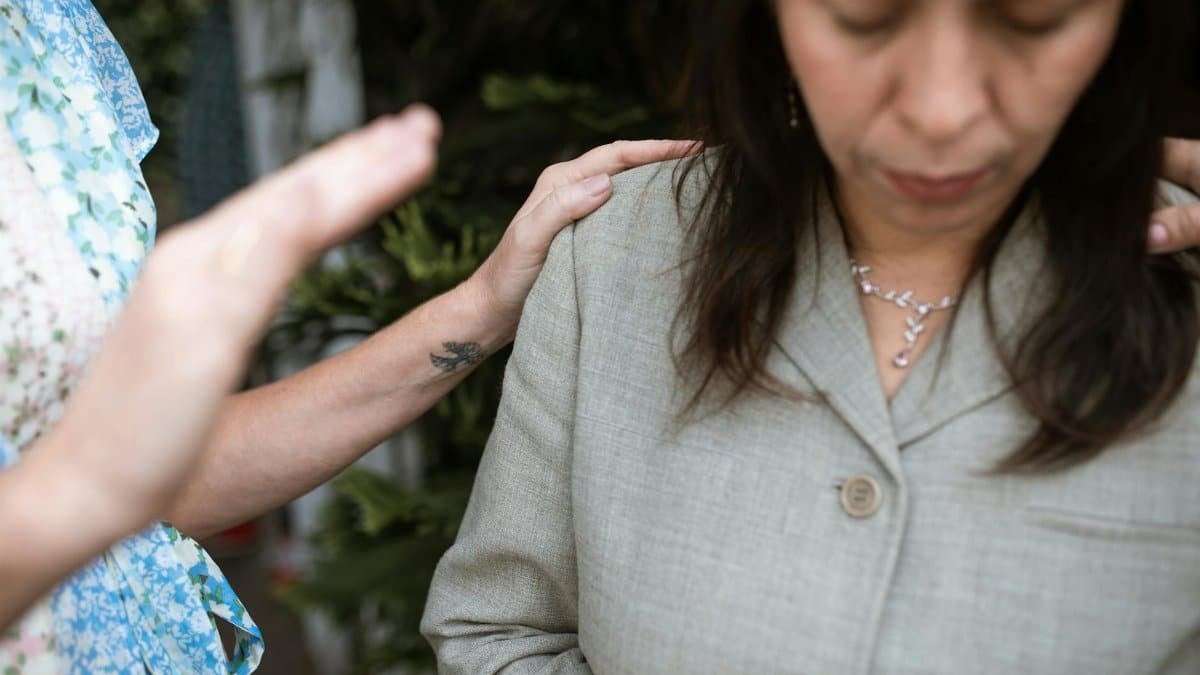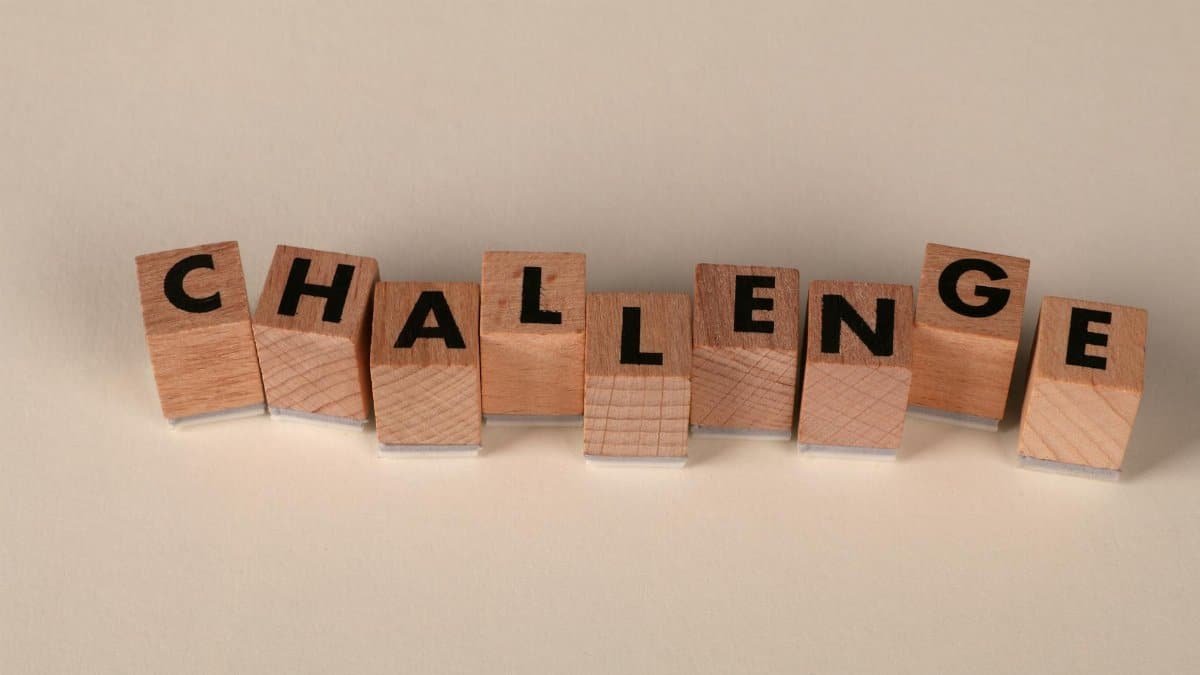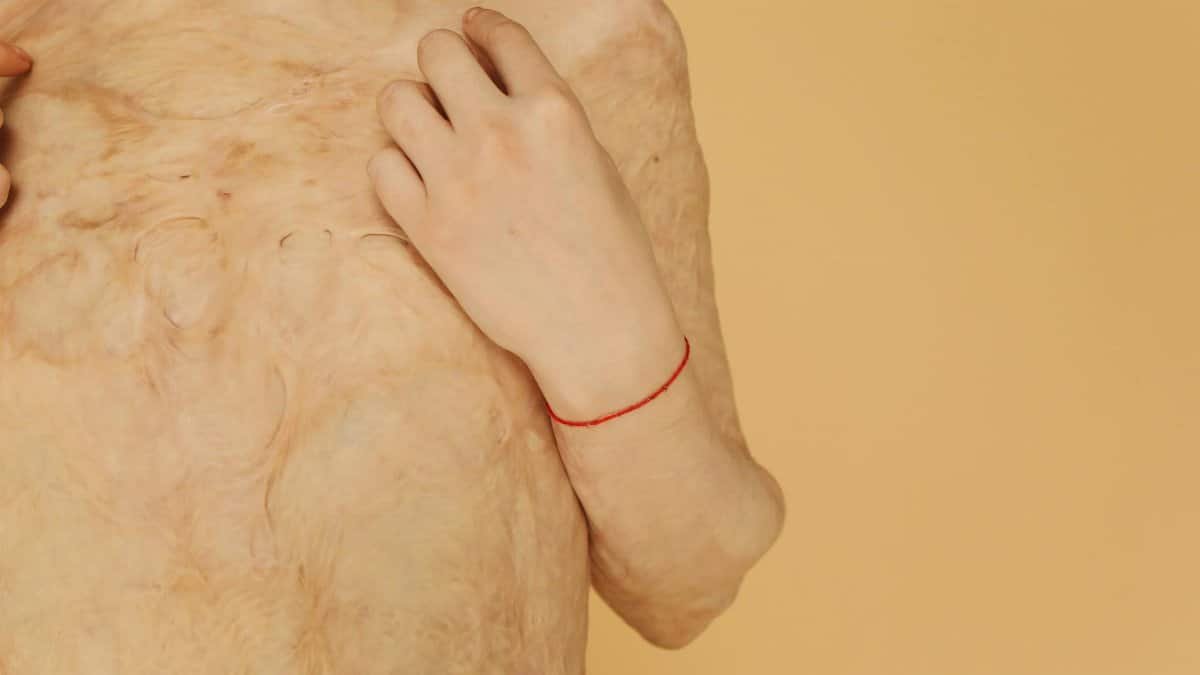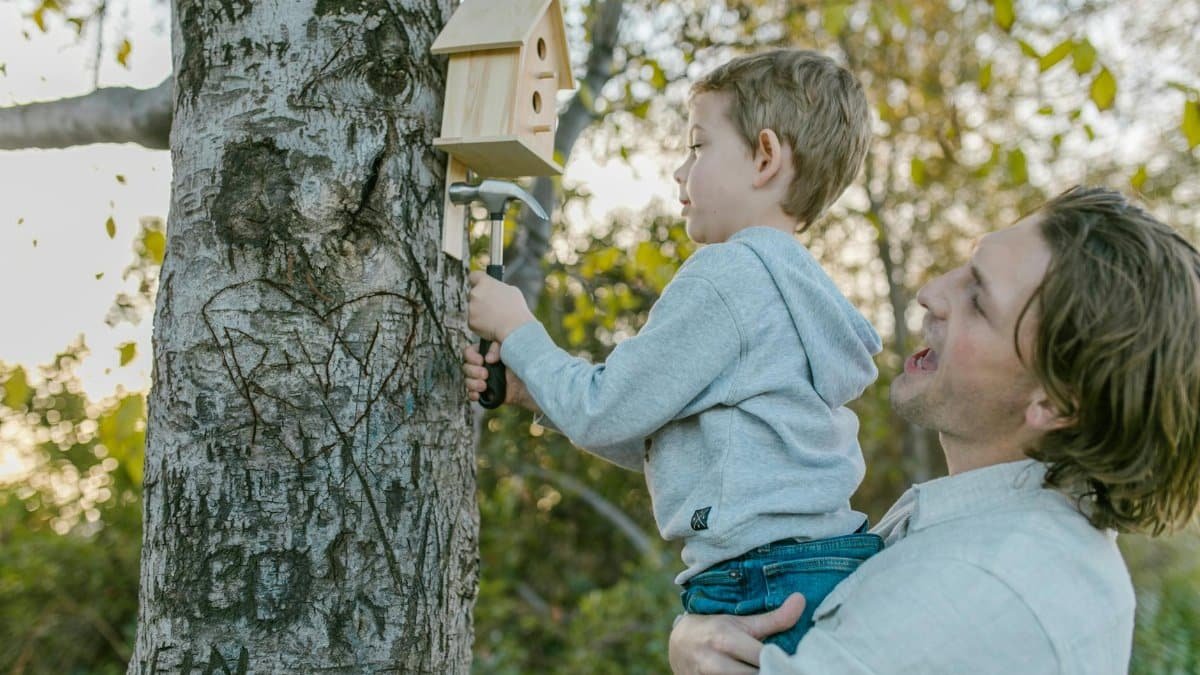Introduction

Is mindfulness healing the key to true recovery without the endless cycle of self-criticism? In a world obsessed with quick fixes, this approach flips the script. Mindfulness healing emphasizes present-moment awareness, allowing emotional wounds to mend naturally rather than forcing change. It’s gaining traction among stressed Americans, with studies showing reduced anxiety levels. As mental health conversations evolve in 2025, more people are turning to it for genuine, pressure-free growth.
Understanding Mindfulness Healing Basics

Mindfulness healing starts with simple awareness. It involves observing thoughts and feelings without judgment, rooted in ancient practices now backed by modern science. Practitioners focus on breath or body sensations to stay grounded. This method avoids the trap of viewing yourself as broken. Instead, it promotes acceptance, leading to organic change. Experts say it’s not about erasing pain but integrating it into a fuller life.
The Myth of Self-Fixing

Many chase healing by trying to “fix” themselves, like patching a leaky roof. But this mindset often backfires, breeding frustration. Mindfulness healing counters that by encouraging observation over overhaul. You notice patterns without the urge to immediately alter them. This shift reduces self-pressure, making progress feel less like a chore. Therapists note clients report higher satisfaction when they drop the fixer role.
Practical Techniques to Start

Begin with short sessions. Sit quietly for five minutes, focusing on your breath. When thoughts wander, gently return without scolding yourself. Body scans help too: Lie down and mentally check each body part for tension, releasing it mindfully. Apps like Headspace guide beginners. Incorporate it into daily routines, like mindful walking or eating. Consistency builds the habit without overwhelming effort.
Impact on Emotional Health

Mindfulness healing directly tackles emotional turmoil. It lowers stress hormones, as shown in research from the National Institutes of Health. Participants in mindfulness programs experience fewer depressive episodes. By fostering compassion toward oneself, it breaks cycles of negative self-talk. In the U.S., where anxiety affects millions, this approach offers a non-invasive tool for building resilience. Real users describe it as liberating, freeing them from constant self-improvement demands.
Overcoming Common Obstacles

Not everyone clicks with mindfulness right away. Distractions or impatience can derail sessions. Start small to build tolerance. Skeptics might doubt its effectiveness, but evidence from sources like the American Psychological Association highlights benefits for mental health. If boredom strikes, vary techniques, like adding gentle movement. Persistence pays off, turning initial resistance into a valued practice.
Integrating with Daily Life

Make mindfulness healing part of your routine without disruption. During commutes, practice deep breathing to stay present. At work, take mindful breaks to reset focus. Even in conversations, listen actively without planning responses. This integration turns abstract concepts into practical tools. Families adopting it together report stronger bonds, as shared awareness fosters empathy. In 2025’s fast-paced world, these habits provide essential calm.
Scientific Backing and Studies

Research supports mindfulness healing’s efficacy. A study from Harvard Medical School links it to brain changes that enhance emotional regulation. Participants showed thicker prefrontal cortex areas after eight weeks. For pain management, it’s proven effective, reducing chronic discomfort without drugs. Check the National Center for Biotechnology Information for detailed findings. These insights validate its role in holistic healing.
Personal Stories of Transformation

Take John from New York, who battled burnout. Through mindfulness healing, he stopped seeing himself as flawed and started embracing his limits. “It was like lifting a weight,” he says. Similarly, Lisa in California found relief from grief by observing emotions without forcing closure. These accounts, echoed in therapy circles, show how the practice turns vulnerability into strength. No dramatic overhauls, just steady, authentic progress.
Long-Term Benefits Explored

Over time, mindfulness healing builds lasting resilience. Users develop better coping skills, handling life’s ups and downs with ease. It enhances relationships by promoting genuine presence. In professional settings, it boosts productivity through focused attention. As trends shift in 2025, more wellness programs incorporate it, recognizing its preventive power against mental fatigue. The result? A life where healing feels natural, not enforced.
